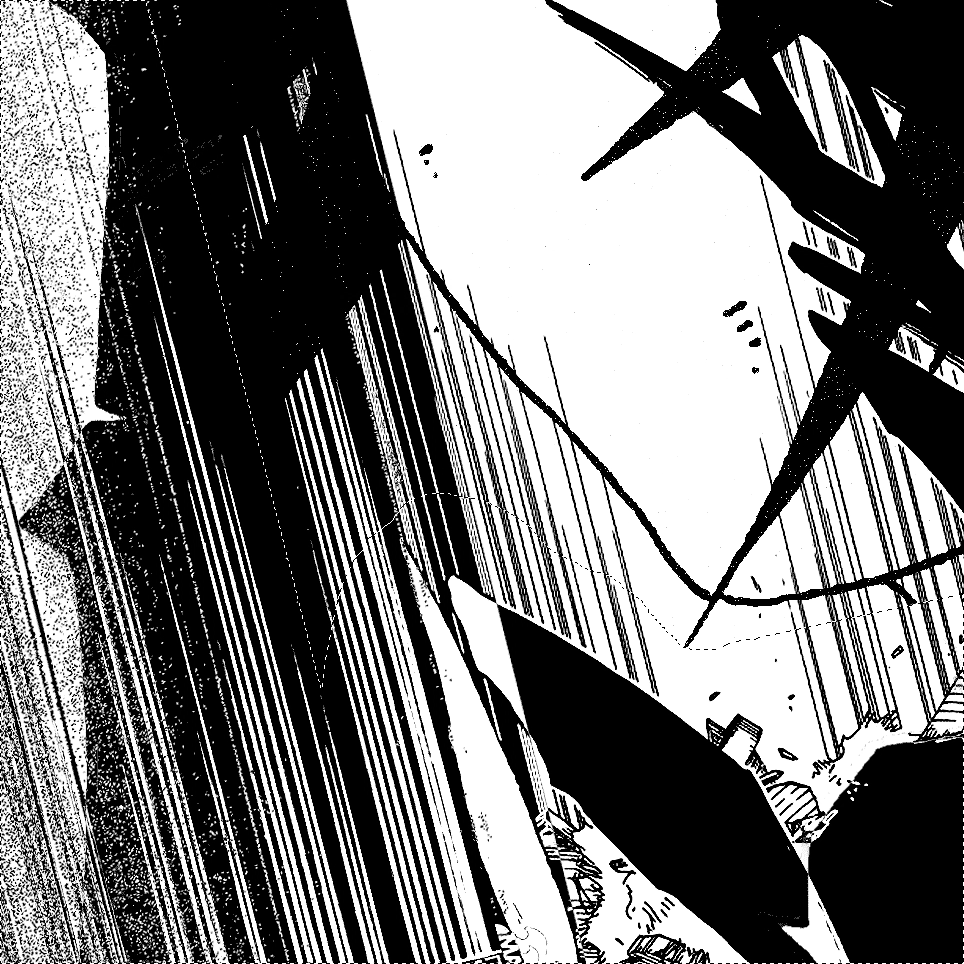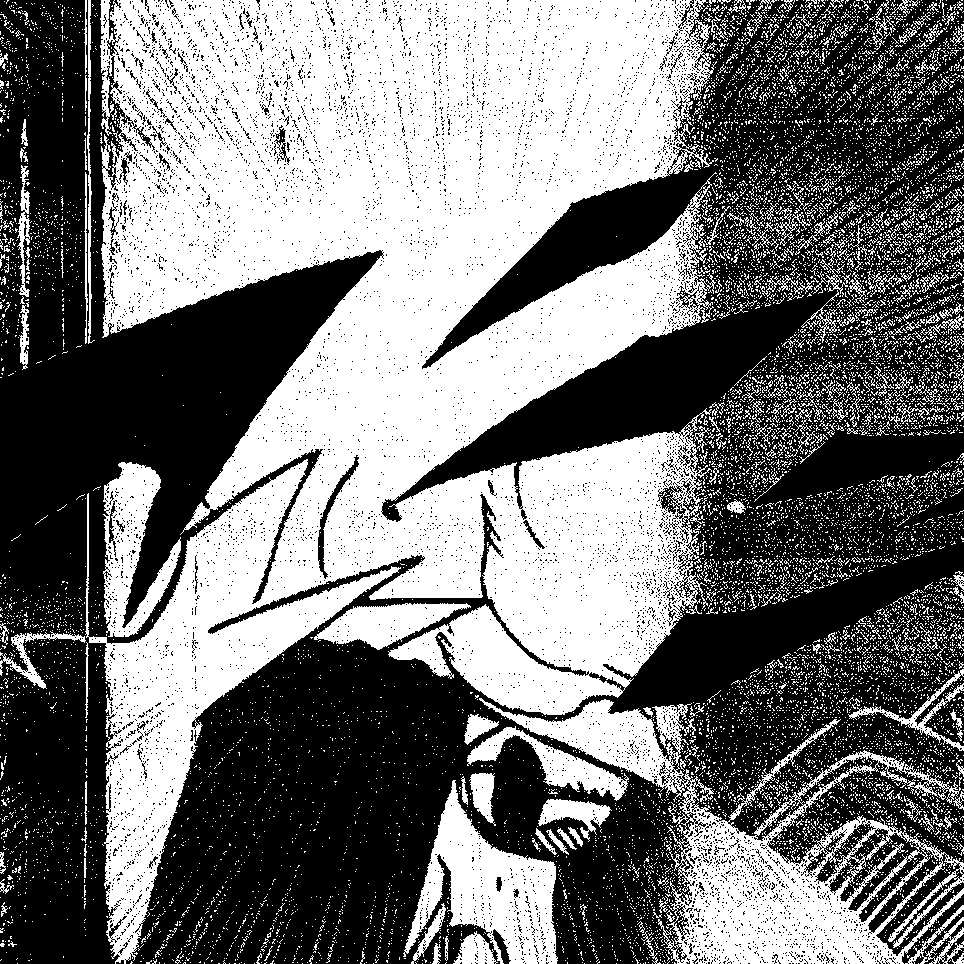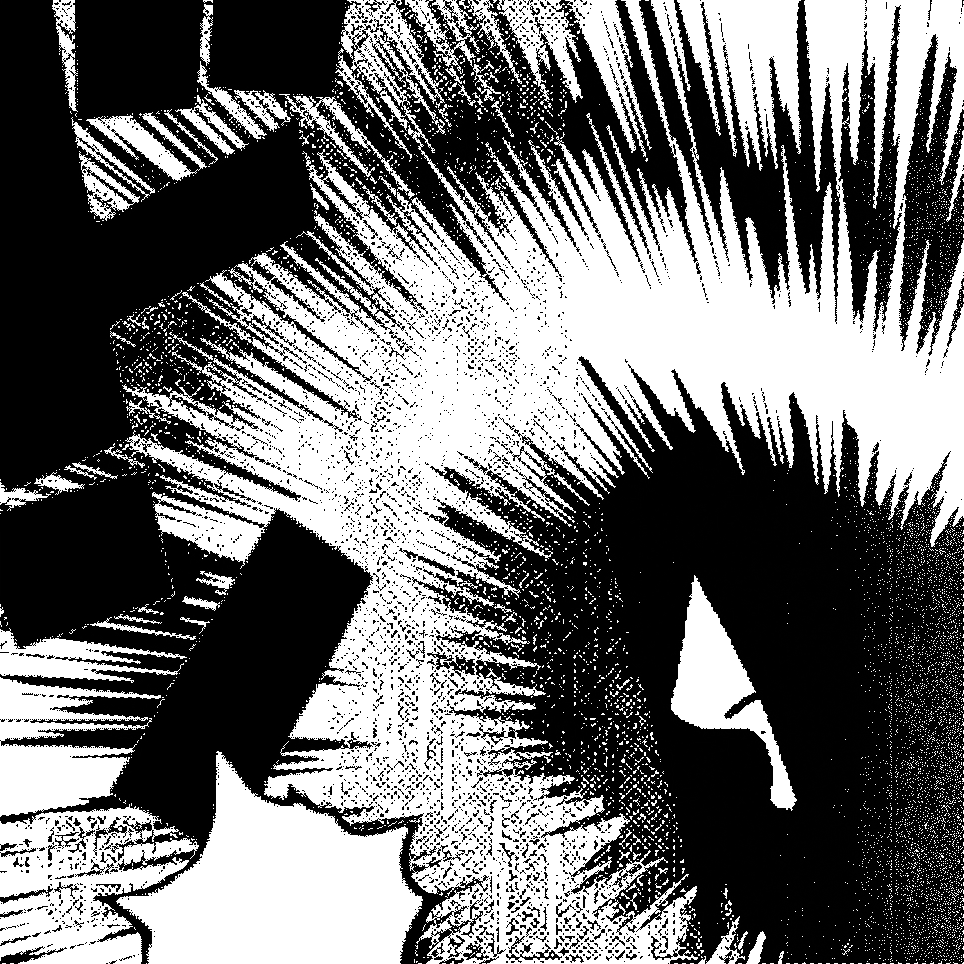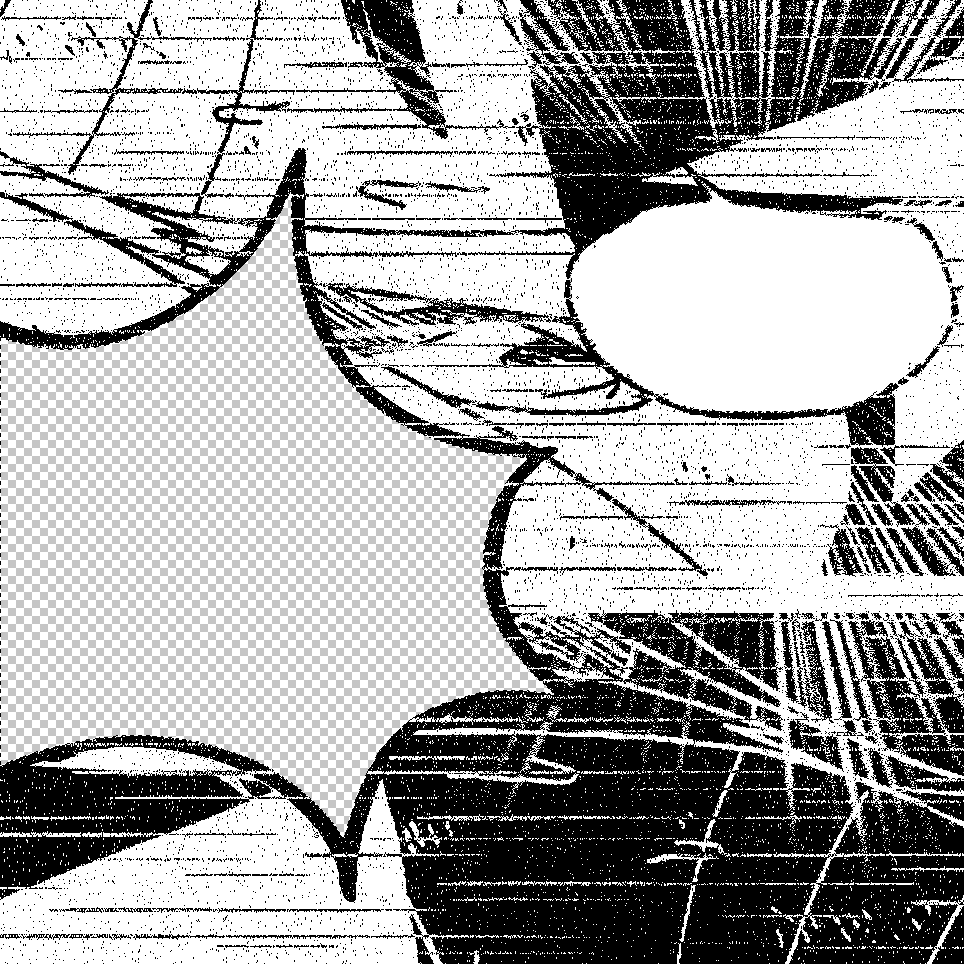The history of art is, to a certain extent, the history of the complex infrastructure generated by the development of relations between the artist and the economic power. Such a situation deprives the artist (as well as any producer) of the possibility of free choice in the dominant system of economic relations. But at the same time, the objective contradiction of the art essence and its market function leaves the artist in a specific space of freedom in the face of the overwhelming hegemony of the market.
By Victor López Zumelzu | Graphic motions: by Pablo Castro
For Daniel Buren, part of the group of founders of “institutional criticism” in the early 70s, one of the key problems in contemporary art may be described as a contradiction between the nature of its production and the nature of its appropriation. In dealing with signifiers outside the framework of profit-based relationships, being these signifiers fundamentally of a non-reducible to the market nature, art is, however, part of the market, and its main value as a commodity is precisely this nebulous entity of belonging and not belong directly to the financial flow.
The disinterested basis of art satisfies the need of people living in a market society for an alternative, that something opposite to that structure. Namely, that the market is the main intermediary between this need and its satisfaction. Throughout its later history, art, therefore, enters into a certain relationship with capital, and with its mediators. These relationships are fluid, volatile, conscious, or unconscious. The history of art is, to a certain extent, the history of the complex infrastructure generated by the development of relations between the artist and the economic power. Such a situation deprives the artist (as well as any producer) of the possibility of free choice in the dominant system of economic relations. But at the same time, the objective contradiction of the art essence and its market function leaves the artist in a specific space of freedom in the face of the overwhelming hegemony of the market.
The constant creation and complication of art institutions is a direct expression of the contradiction already described. In his essay “Art is not free”, Daniel Buren pointed out «art is not free and the artist is not dedicated to free expression (he simply cannot)». In this sense, the artist cannot be free, but at the same time, he is in a complex interaction relationship with the context that is offered to him and keeps constantly looking for forms beyond him. For example, Carl Andre’s “special objects” or Robert Morris’s architectural structures are interesting in this perspective because they have a “critique of place” in which artistic expression takes place directly. The history of “institutional criticism” demonstrates one of the declarative forms of the artist’s thinking on the conditional request of the market. Furthermore, criticism to institutions (museums, galleries, and artworks themselves) led to the opposite result, making them even more influential in their own questions. Similar paradoxes may be seen in the criticism throughout the art history to that art market.
As part of the contemporary art system, certain strategies were created for the fetishisation of objects and the fetishisation of commodities, taking into account some psychosocial features of a market economy. Perhaps at this point, due to the capacity of refraction and absorption of any critical capacity, contemporary art is interesting to companies, and not only as a profitable investment object. The capitalist is attracted to art because it correlates with his real self-knowledge. Innovation, dynamism, passion for the projection of the future: these characteristics of contemporary art contribute to the capitalist’s recognition of the image himself in him, give to his social function a certain aesthetic quality. The art market gives to the capitalist class absolute freedom to create the value of a work that they perceive as a moment of creativity and serves as a source of aesthetic pleasure. By participating in the creation of value, the capitalist starts to feel like an artist, and it is for this chance that he is ready to pay a high price. However, the historicity of art, based on the acceptance of the art criteria formulated by the preceding artistic tradition, can deprive the capitalist of this fascinating feeling of creative freedom. That is why the capitalist needs an anarchist “liberation” from the form of tradition, placing a work in art history at the personal discretion of its owner. Similar phenomena happen with some young artists, or local “stars” of the Argentine art market, are the most striking examples of such an anarchist invasion of capital. In them, a collector or a capitalist acquires the role of a full-fledged creator, almost co-author of piece, or even almost its true author. There is no lack of examples of institutional exhibitions based on the collections of local collectors where the exhibition is established with arbitrary hierarchies while the ability of money to accumulate objects, images, or icons is a constituent part of the space-time relationship that an artwork must fulfill. One should not look down at the legitimacy capacity of an artist under the range of insertion attending to the art market itself.
«The history of “institutional criticism” demonstrates one of the declarative forms of the artist’s thinking on the conditional request of the market. Furthermore, criticism to institutions (museums, galleries, and artworks themselves) led to the opposite result, making them even more influential in their own questions».
Thus, belonging to art is determined for the capitalist by the ability to set a price for him. If capitalists are a class that includes buyers and owners of art objects, then artists are a class of producers who sell their ability to work. However, cultural disposition is not limited to this main division, which involves many options for the interpenetration of forms of production / property. Curators and critics perform a special infrastructure function in this arrangement.
In response to a customer request, the role of art is not limited to this. Bourgeois ideology prevails over art, like the ideology of the class as a whole. This ideology cannot be described as a complete concept or as a sequence of formulations that fulfill the tasks of the current moment. It is a complex and mobile structure, which different sides are reflected in the art. Therefore, in Argentinian contemporary art, from a political perspective, with its liberal interpretations and based on their production history, they do not represent two tendencies that fight each other, but only demonstrate the diversity of moods and expectations of many from the ruling class, which is generally unified in its relationship to the main function of the art market. However, serious and pompous discussions about the negative effects of the market right now are a kind of commonplace, which, so to speak, have already “passed”. Regardless of what we do in this world of global capital, we will always deal with the relationship between art and the market, which is omnipresent and irreplaceable, as if we were already in hell. Our own experience is part of the realization that current capital is a kind of Hegelian totality, that eliminates all contradictions or has no external immanence.
«Regardless of what we do in this world of global capital, we will always deal with the relationship between art and the market, which is omnipresent and irreplaceable, as if we were already in hell».
Historically, the dynamic of institutional relations in post-90 Argentinian art is inextricably linked to a radical change in the economic and social nature of society as a whole. So clandestinity (unofficial Buenos Aires culture), developing outside of official institutions, and sometimes subdued to certain invisibility, was at the same time rooted in the existing hierarchy of social relations. This informal institutional system, to a lesser extent determined by the bohemian life of late society and the deep crisis of the 2000s, ended up merging official culture with unofficial culture. This informal institutionalization determined the particular relationships within the artistic community, its ethics and collective self-awareness.
As a result of restoring the previous, official / unofficial configuration in the same crucible, new elites were crystallized. A new form of cultural production policy has been developed, which is opaque to the artistic community, in which the system of relationships, hierarchies and values in the professional artistic environment is defined outside of it. The new way of power gave rise to an infrastructure of art that expropriated the right of judgment or criticism within the same community. In this process, the possibility of self-reflection of the context was transformed into a simple media visibility of the field as a form of self-affirmation. Today, the question of the relationship with this superstructure is a practical matter of self-organization, the sovereignty of art.
«A new form of cultural production policy has been developed, which is opaque to the artistic community, in which the system of relationships, hierarchies and values in the professional artistic environment is defined outside of it. The new way of power gave rise to an infrastructure of art that expropriated the right of judgment or criticism within the same community».
It is important to understand that we are dealing with a cultural situation in which criticism is impossible in the “art” paradigm. The current system of relations based on the power of capital is a totality that cannot be overcome through artistic practice. We come from specific circumstances in which a new critical position on art can be formulated as an informed strategy based on principles that can challenge the capital’s right to arbitrariness. In this context, the self-organization is mainly a matter of contrasting the manipulative and inertial mechanisms of the artistic infrastructure with events and specific practices related to the updating of the previous tradition. This is precisely the true refraction of the political in art. The return of historical continuity, a protest against the capital usurpation of the right to history, links art to the liberation and the self-organization of the society.

 Español
Español



